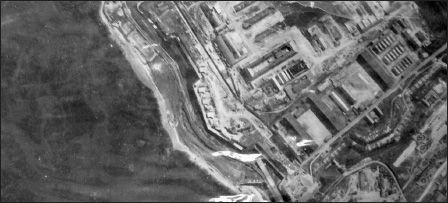First SEALs (24 page)
Authors: Patrick K. O'Donnell

Combat swimmers in special wetsuits developed by the Maritime Unit. The term “frogman” allegedly originated when someone spotted swimmer John P. Spence in the green suit and yelled, “Hey Frogman!”

OSS combat swimmers trained for a variety of missions, including underwater sabotage by planting limpet mines on the hulls of enemy ships. True visionaries, the Maritime Unit saw the possibilities of parachuting teams to an underwater target, much like today's SEALs, putting them decades ahead of their time.

Maritime Unit combat swimmer. The OSS recruited world-class swimmersâmany of them Olympic competitors or national championsâfor its Maritime Unit.

A “chariot,” or human torpedo, developed by the innovative Italians of
Decima MAS
. The 24-foot, 1.6-ton torpedoes, also known as
maiali
(pigs), sank several British warships in Alexandria Harbor in December 1941, setting off an underwater arms race among the world's major powers. Unlike the Italian program, which had frogmen riding on the surface of the water and diving under for a short time to set charges, the OSS developed a novel, breakthrough approach that utilized combat swimmers who would stay underwater for an extended period of time and cover distances over a mile using a rebreather designed by Dr. Christian Lambertsen.

Additional views of the chariot. The Italians used these vehicles to sink two Allied battleships in Alexandria Harbor, immediately altering the balance of power in the Mediterranean.

Members of the San Marco Battalion, elite Italian commandoes who initially fought for the Axis, but later provided expert assistance to the MU. They frequently transported covert agents into hostile territory.

Special operators of the San Marco Battalion working with the OSS. Although they had once been enemies, the two groups put their differences aside to accomplish missions that represented the Maritime Unit's “most valuable work.”

A MAS boat, a high-speed torpedo boat used by members of the San Marco Battalion under the command of the Maritime Unit in Italy. The highly maneuverable boats were ideal for covert operations in the Aegean.
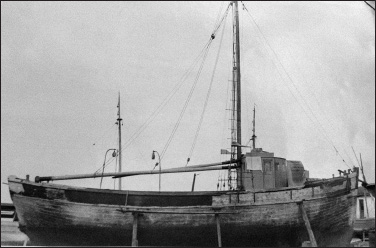
A caïque. The MU utilized the small, wooden-hulled vessels extensively for covert operations in the Mediterranean. Weighing 10 to 40 tons, the boats had auxiliary sails, but most were powered by gasoline engines and carried crews of two to six.
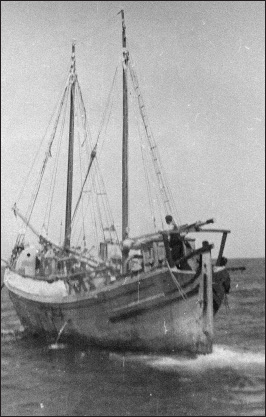
The Maritime Unit's caïque fleet would eventually swell to thirty-six boats, which were captained and operated by their local owners. “Some of these men showed great loyalty and daring in their operations under OSS; others (occasionally the same ones) were masters of smuggling, thievery, and goldbricking.”
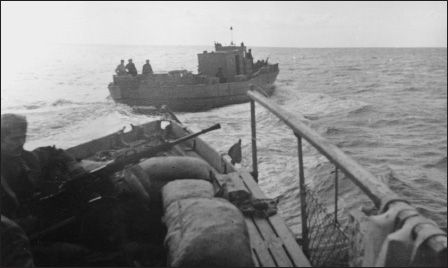
This photo captures a typical covert OSS operation across the Adriatic. These missions were often perilous because Axis craft occupied the waters and German planes patrolled from the skies above.
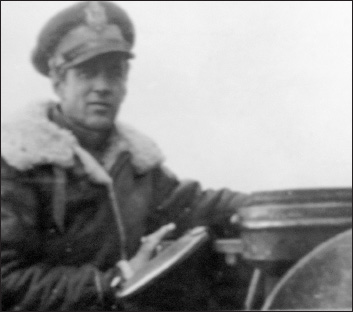
Hans Tofte, “the world's second best killer.” As a trainer for the OSS, he helped turn Ph.D.s into men and women who could win a bar fight. He later served in the CIA.
